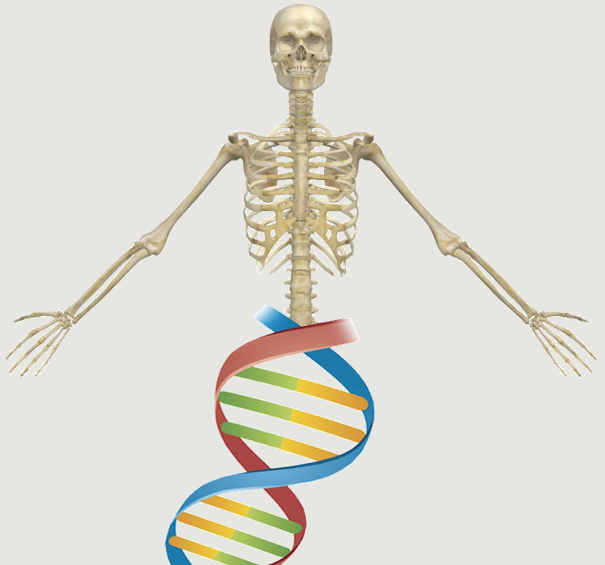Abstract:
We characterized the bone disease of transilial biopsy specimens from children with hereditary hypophosphatemic rickets with hypercalciuria (HHRH) and genetically related asymptomatic hypercalciuric subjects. All HHRH patients showed irregular mineralization fronts, markedly elevated osteoid surface and seam width, increased number of osteoid lamellae, and prolonged mineralization lag time. These findings are consistent with a mineralization defect and indicate unambiguously that the bone disease in HHRH is osteomalacia. The only abnormality seen in the asymptomatic hypercalciuric subjects was slightly extended osteoid surface. Parametric and nonparametric statistical analyses performed on a pooled sample of HHRH patients and asymptomatic hypercalciuric subjects revealed a very high inverse correlation and a tight linear relationship between serum phosphorus and osteoid parameters. Serum 1,25-dihydroxyvitamin D, which is low in other forms of hereditary hypophosphatemia and osteomalacia, is elevated in HHRH and correlated positively with osteoid parameters and the mineralization lag time. Serum alkaline phosphatase showed similar relationships. These results as well as the clinical, biochemical, and radiological remission of bone disease consequent to phosphate therapy strongly suggest that in HHRH 1) hypophosphatemia alone is sufficient to cause osteomalacia; and 2) the elevation of 1,25-dihydroxyvitamin D reflects the degree of the primary renal phosphate leak, but is not involved in the pathogenesis of the bone disease.
Notes:
Gazit, D Tieder, M Liberman, U A Passi-Even, L Bab, I A eng 1991/01/01 J Clin Endocrinol Metab. 1991 Jan;72(1):229-35.
Website

